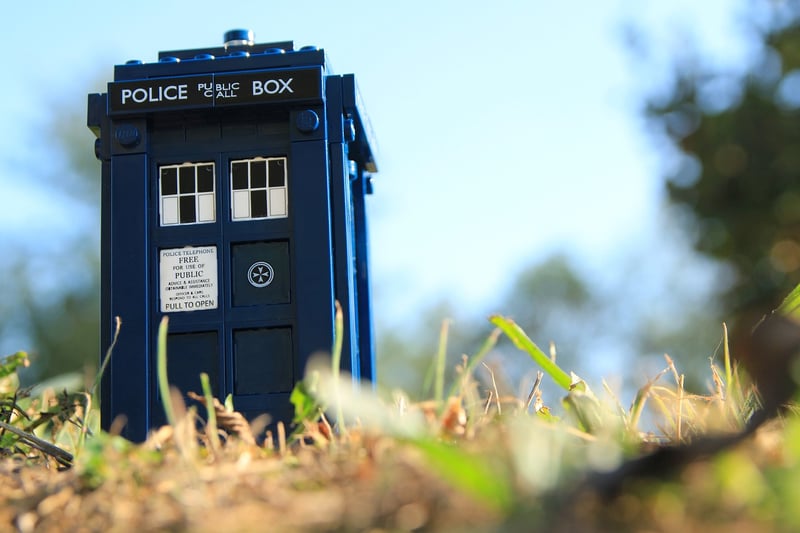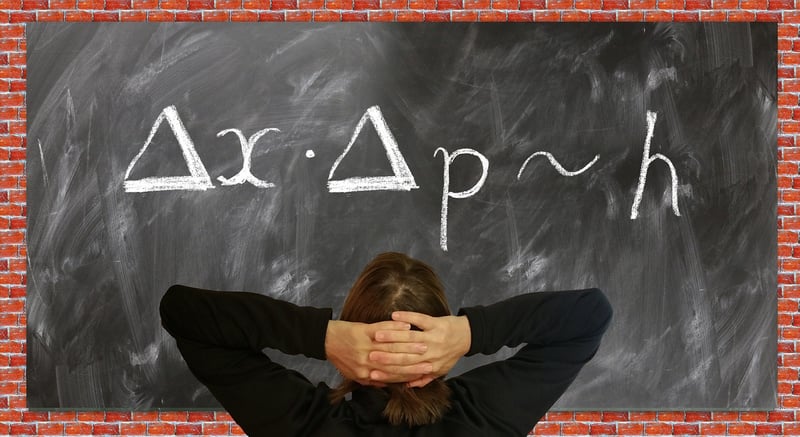Quantum Entanglement
The Science Behind Time Travel Devices + Quantum Entanglement
Time travel has been a popular topic in science fiction for decades, but is there any scientific basis to it? Let's delve into the theoretical concepts of time travel devices and their connection to quantum entanglement.
Time Travel Devices
Time travel devices are hypothetical machines or mechanisms that could transport a person or object through time. While these devices are currently only found in fiction, scientists have explored various theoretical frameworks that could potentially allow for time travel.
One of the most well-known theories is Einstein's theory of general relativity, which suggests that massive objects can warp spacetime, potentially creating closed timelike curves that would allow for time travel. Wormholes, theoretical tunnels through spacetime, are another concept that could serve as time travel devices.
Quantum Entanglement
Quantum entanglement is a phenomenon in quantum physics where two particles become connected in such a way that the state of one particle is instantly linked to the state of the other, regardless of the distance between them. This phenomenon has been described as "spooky action at a distance" by Einstein.
Some scientists have proposed that quantum entanglement could play a role in time travel. By entangling particles across time, it could be possible to establish a connection that transcends the traditional linear progression of time, potentially enabling information or even objects to be sent backward or forward in time.
Conclusion
While the concept of time travel devices and their connection to quantum entanglement remains largely theoretical, ongoing research in physics and quantum mechanics continues to push the boundaries of our understanding of time and space. Whether time travel will ever become a reality or remain confined to the realm of science fiction is a question that continues to intrigue scientists and enthusiasts alike.


For more information on time travel and quantum entanglement, you can explore the following resources:
